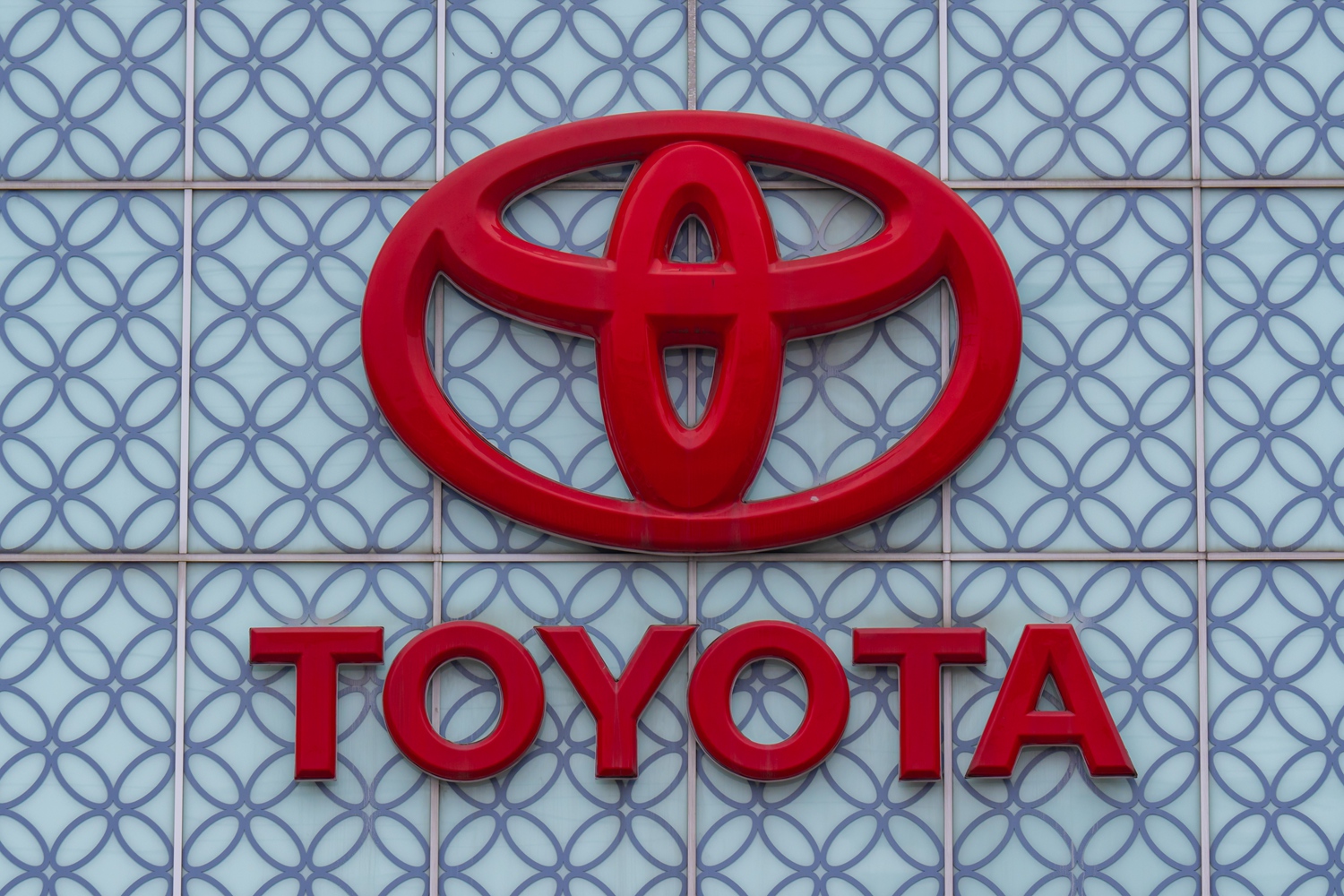
Recently, amidst the rapidly changing global automotive industry landscape, a news has attracted widespread attention: Toyota has proposed a goal to increase its return on equity (ROE) to 20%, and some executives have stated that it needs to be comparable in profitability to BYD in order to achieve it. This inevitably raises speculation: Has Toyota's technology fallen behind completely?
From the perspective of market performance and profit targets, BYD has achieved remarkable results in the field of new energy vehicles in recent years. In 2024, BYD will continue to increase its sales in the domestic market with a diversified product matrix, while accelerating its overseas layout and establishing a firm foothold in multiple countries and regions. Its profitability continues to improve, making it a leader in the Chinese automotive industry. Although Toyota has long held a leading position in the global automotive manufacturing industry, its profit growth is facing challenges in the wave of new energy transformation. Proposing a high ROE target indirectly reflects its sense of urgency in the current market competition landscape.
So, is Toyota's technology completely outdated?
In the field of traditional fuel vehicles, Toyota has a profound technical foundation. The core components such as the engine and transmission have mature and efficient technologies. Taking Toyota's VVT-i variable valve timing technology as an example, by accurately controlling the valve opening and closing time, it improves fuel efficiency and power output, and has been widely used in its models for many years, receiving high praise. In terms of chassis tuning, Toyota also has a unique approach, which can balance comfort and handling stability, bringing a good experience to drivers. Its production management system, Toyota Production System (TPS), is a model for global manufacturing to learn from, reducing costs and improving production efficiency through refined management and zero inventory concepts.
In the field of hybrid technology, Toyota is slightly ahead. As early as the 1990s, Toyota launched the world's first mass-produced hybrid model, the Prius, ushering in a new era of hybrid cars. After years of development, its hybrid technology has been continuously upgraded, forming various technological routes such as strong hybrid and light hybrid. The Toyota hybrid system achieves coordinated work between the engine and motor through a clever power distribution strategy, improving fuel economy while ensuring power performance. Compared to some competitors, Toyota's hybrid technology has high reliability and durability, accumulating a large number of user reviews.
But in the core areas of pure electricity and intelligence in new energy vehicles, Toyota has been relatively slow to move forward, which is precisely where Chinese car companies such as BYD are focusing their efforts.
BYD has achieved fruitful results in battery technology. Blade batteries, with their unique structural design, enhance safety and energy density, becoming a key competitive advantage for BYD's pure electric vehicle models. The models equipped with blade batteries have excellent range and charging speed. In terms of vehicle manufacturing, BYD relies on technologies such as e-platform 3.0 to achieve high integration and lightweight, improving vehicle performance. In the field of intelligence, BYD continues to invest and upgrade its DiLink intelligent networking system, bringing users a convenient interactive experience.
On the other hand, Toyota's layout of pure electric models is relatively lagging behind. Although some pure electric products have been launched, there is still a gap compared to Chinese car companies such as BYD in terms of range and charging facilities. In terms of intelligent driving assistance systems, although Toyota has developed them, compared with companies such as Tesla and BYD, the richness of functions and technological maturity need to be improved. In the field of intelligent cockpit, the human-machine interaction experience has not yet reached the industry-leading level.
There are multiple factors that have led to Toyota's lagging development in the fields of new energy and intelligence. Firstly, Toyota's long-term success in traditional fuel vehicles and hybrid fields has led to a path dependence. The decision-making level of enterprises has insufficient awareness of the urgency of the transition to new energy and is relatively cautious in resource investment. Secondly, although the supply chain system of Japan's automotive industry is mature, it lacks flexibility in the transformation of new energy and intelligence. Compared to China's well-established new energy industry chain, Japan has shortcomings in key areas such as batteries and chips, which limit Toyota's transformation speed. Thirdly, global competition in the automotive industry has intensified, with emerging car companies such as China and the United States rising to seize market share and compress Toyota's development space, putting enormous pressure on it in the process of catching up.
Overall, Toyota's automotive technology has not completely fallen behind, and it still has deep accumulation and advantages in the fields of traditional fuel vehicles and hybrid vehicles. But under the wave of new energy and intelligent transformation, it has fallen behind some competitors in pure electricity and intelligent technology. In the future, if Toyota wants to achieve its high ROE goals and narrow the profit gap with car companies such as BYD, it needs to accelerate technological innovation and transformation, integrate resources, and break through bottlenecks in the fields of new energy and intelligence.

The European Commission released a package of measures for the automotive industry on Tuesday (December 16th), proposing to relax the requirements related to the "ban on the sale of fuel vehicles" by 2035.
The European Commission released a package of measures for …
Venezuela's Vice President and Oil Minister Rodriguez said …
On December 16 local time, the Ministry of Space Science Ex…
Recently, a highly anticipated phone call between the defen…
Right now, the world's major central banks are standing at …
Recently, according to Xinhua News Agency, the news of a tr…